Help
Advanced Workflow Constructs
Help menu
- Help content
- AS2
- Examples and Tutorials
- IO Queues and Forms
- Maps
- Schemas
- Send and Receive Ports
- Send and Receive Ports / Transports
- Servers
- Static Configuration
- Tracking
- Workflows
- Workflows / Workflow Activities
- Call Web Service Direct Activity
- Compensatable Sequence Activity
- Compensatable Transaction Scope Activity
- Compensate Activity
- Conditioned Activity Group
- Database Activity
- Delay Activity
- Event Handling Scope Activity
- Event Driven Activity
- Expression Activity
- Fault Handler Activity
- If Else Activity
- Increment Activity
- Invoke Web Service Activity
- Invoke Blue Integrator Workflow Activity
- Invoke Workflow Activity
- Listen Activity
- Map Activity
- Parallel Activity
- Policy Activity
- Send Receive Port Response Activity
- Replicator Activity
- Send Receive Port Response Activity
- Send Port Message Activity
- Sequence Activity
- Suspend Activity
- Synchronization Scope Activity
- Transaction Scope Activity
- While Activity
Member Serialization
By default, any data members defined in the Visual Studio for Applications ThisWorkflow class associated with a Workflow are not guaranteed to be persisted across Workflow Activities. That is, they may get reset to their default value between calls. Generally this isn’t an issue, as we recommend state is stored in Workflow Messages and Variables, however if required the state of the Visual Studio for Applications ThisWorkflow class can be stored by simply marking it with the Serializable attribute. Once this attribute has been specified, any data members defined in your class must themselves by serializable or marked with the NonSerialized attribute in order for your project to compile.
If this route is taken, any currently running Workflows are likely to fail if the class structure is changed whilst they are running.
Transactioning
Transactioning is managed using the standard TransactionScope activity – consult a Windows Workflow Foundation reference for further details.
Workflow Nesting
The nesting of Workflows is achieved using the CallSmartsWorkflow activity, or the standard InvokeWorkflow activity if you want to invoke an external Workflow. Note that Workflow assembly references are added via Visual Studio for Applications.
Calling WCF and Web Services
Web Services can be invoked via the CallWebServiceDirect activity, or via the standard Windows Workflow Foundation web service activities if you have added a service reference via Visual Studio for Applications. You can also call a web or WCF service via a Send Port, or you can call it directly from Visual Studio for Applications code.
Exposing Visual Studio for Applications Methods
Visual Studio methods can be exposed to the Workflow, for example for use by the Rules engine, by specifying the BlueIntegrator.Workflow.MethodVisibl attribute. In the case of the Rules engine, rules attributes may also be specified. VSTA properties cannot be exposed to the Workflow, only methods.

